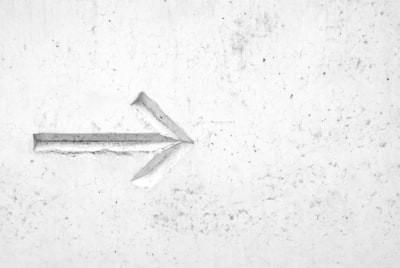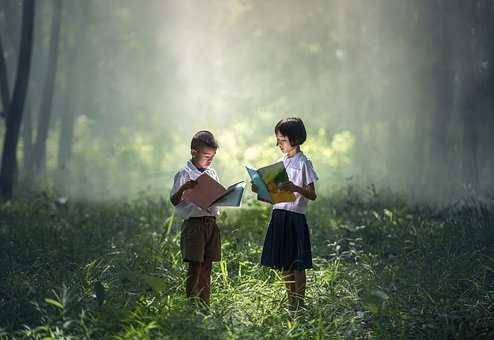Can A Crisis Push Schools in a Positive Direction?
Curated from: greatergood.berkeley.edu
Ideas, facts & insights covering these topics:
5 ideas
·824 reads
4
Explore the World's Best Ideas
Join today and uncover 100+ curated journeys from 50+ topics. Unlock access to our mobile app with extensive features.
Social-emotional learning
Schools are supposed to be able to adjust to their students' needs and requirements throughout the year.
Especially in times of crisis, the technique called social-emotional learning is a must that schools have to integrate into their teaching system: acknowledge the experiences that students have gone through during the particularly difficult time and help them deal with the different needs that this period has resulted in.
43
188 reads
Support teachers' needs
While going through a crisis of any kind can be challenging for most of us, one category that for sure feels the change is represented by the teaching staff worldwide.
When asked to teach their subject via Zoom or applications alike, teachers have to change their way of presenting the topic, make them seem more interesting and, what is even more important, to make the class more interactive; this can eventually lead to sadness, anxiety and fear even for the most experienced teachers.
35
141 reads
Mentoring relationships within schools
If there is one thing that teachers should be particularly good at, this has to be mentoring their students.
By doing so, not only do they guide an individual's self-development throughout his or her school years, but they also emphasize the idea of human interaction, which should actually be the basis for most of our successful actions.
33
107 reads
Fewer tests at school
While the traditional teaching system model involves lots of material to learn and to be tested afterward, times of crisis have recently proven that school can happen without all this.
Maybe the best example regarding how a school can work without testing and while giving more autonomy to teachers is in Finland, which happens to have impressive results in what children's reading and maths skills are concerned.
38
192 reads
Academic freedom
There is one thing most schools have failed to understand: while encouraging students to learn in order to get high marks will lead to them achieving this purpose, it will surely not end up with them feeling motivated to learn on their own or discover any kind of pleasure in studying.
On the other hand, times of crisis might actually make everybody realize that more academic freedom on both teachers' and students' side as well as more interactive activities might actually lead to students being more engaged in studying and teachers more pleased with their job.
44
196 reads
IDEAS CURATED BY
Yasin B's ideas are part of this journey:
Learn more about personaldevelopment with this collection
How to create a productive environment
The importance of self-care in productivity
How to avoid distractions
Related collections
Similar ideas
4 ideas
Remote learning isn't new: Radio instruction in the 1937 polio epidemic
theconversation.com
Read & Learn
20x Faster
without
deepstash
with
deepstash
with
deepstash
Personalized microlearning
—
100+ Learning Journeys
—
Access to 200,000+ ideas
—
Access to the mobile app
—
Unlimited idea saving
—
—
Unlimited history
—
—
Unlimited listening to ideas
—
—
Downloading & offline access
—
—
Supercharge your mind with one idea per day
Enter your email and spend 1 minute every day to learn something new.
I agree to receive email updates

